Name: Jami Mohlenkamp
Practice Area: Older Adult
Years at OZ: 18 years
What sparked your interest in architecture?
Architecture should have been an obvious career choice for me, given my blend of creative and technical interests, but it wasn’t. My parents owned their own business; my dad was a photographer; my mom was his rep and the business side. They ran it out of our house, so the conversations about getting paid for your art were part of dinner discussions. Leaving high school, I struggled with what I saw myself doing for a career despite having many strong interests. I was bobbling between creative interests that didn’t require a college degree and very technical pursuits that required more math than I wanted to get through. After my first year and a half of college, my mom suggested I look at architecture. I never looked back and have been very thankful for her advice.
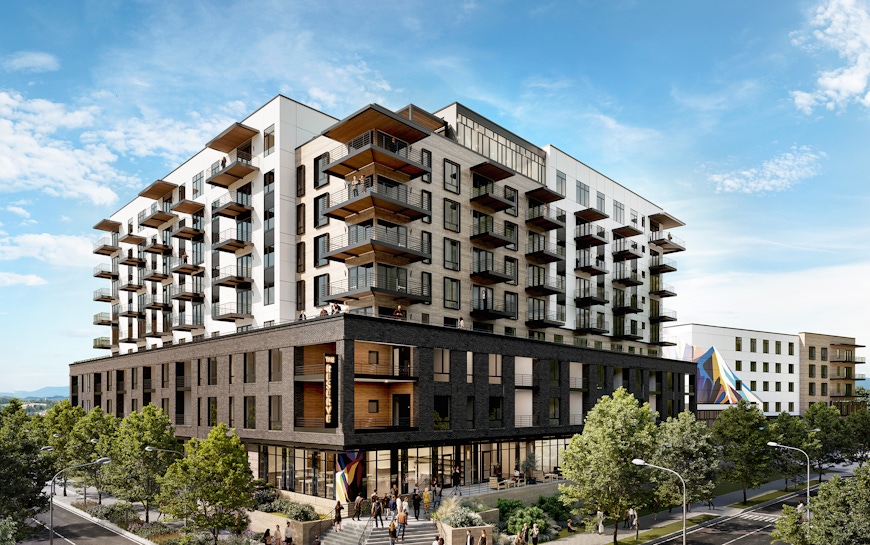
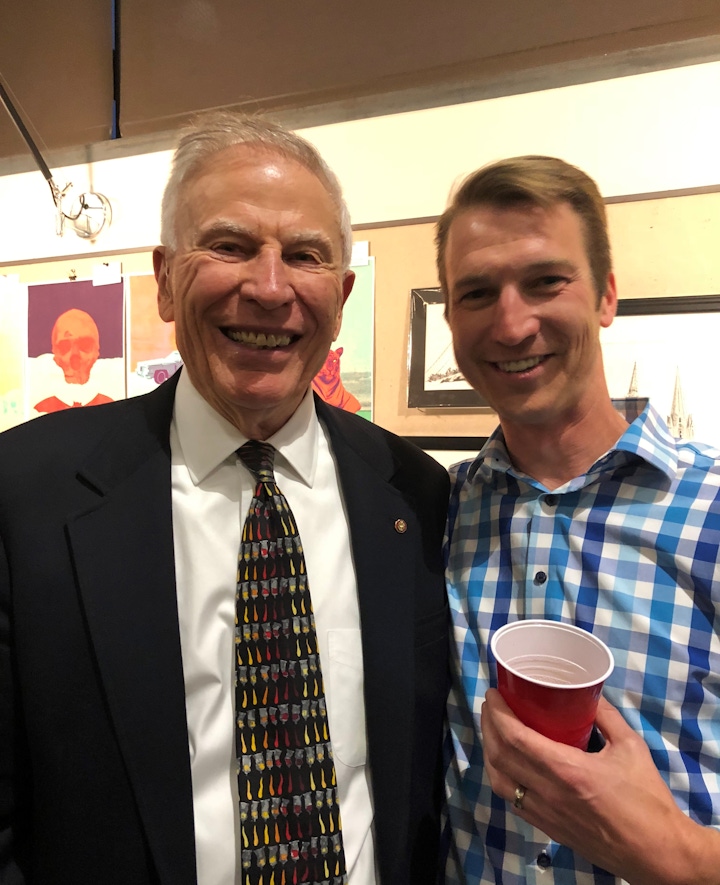
Tell us about your career journey and what led you to specializing in your practice area.
My first job in high school was working for a notable older adult community in the Denver metro area. I helped as a server, busboy, and dishwasher on the independent living side, then moved over to help finish on the skilled nursing side. Going through design school and into professional practice, the design of those spaces stuck with me. I got my first real engagement with designing an older adult community in 2011, and the firm continued to support my passion in that market sector. In 2016 the firm officially created the Senior Living Practice Area to support the pursuit of these projects.
What’s something people might not know about your practice area?
I usually answer this by saying that what is unexpected is how cool — and how challenging — it is. There are numerous similarities in the design of older adult communities to other market sectors like resorts and hospitality, multifamily and student housing with a mix of workplace and retail. It’s a vast spectrum of work that comes with significant technical challenges.
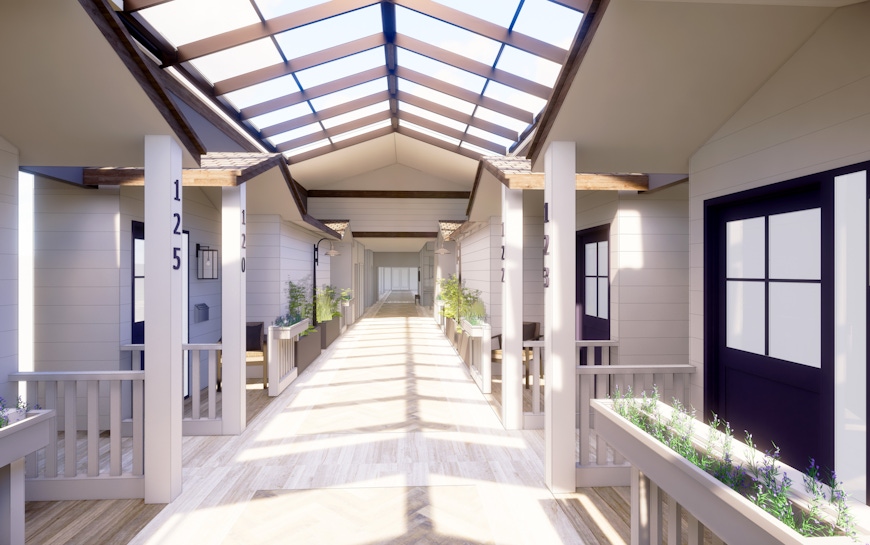
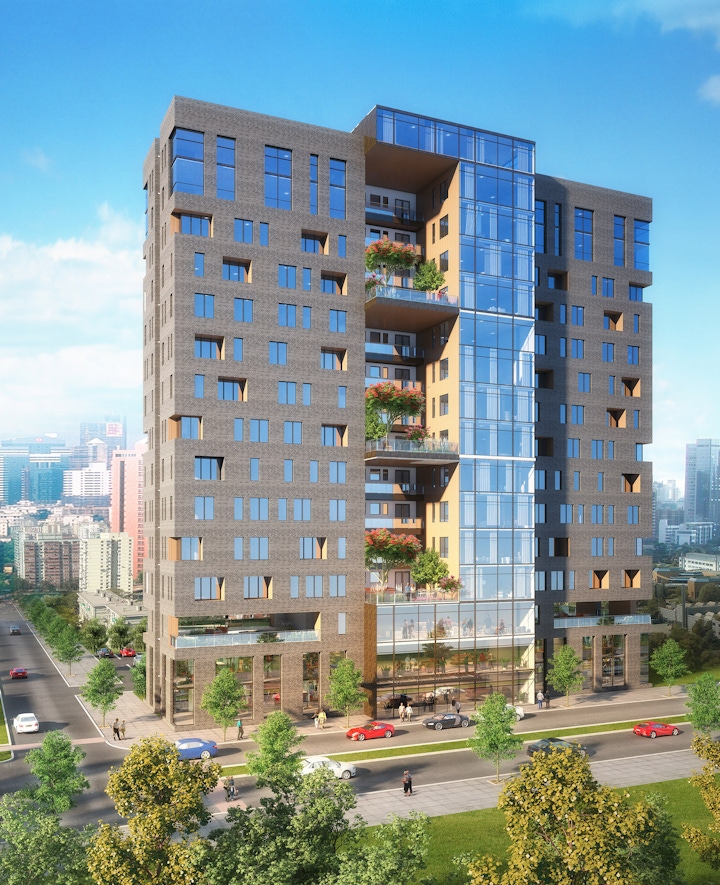
How would you describe your design approach?
A good idea can come from anywhere. Some architects are stronger with layout and programming, and others at creating beautiful facades. As a team leader, I want to hear everyone’s voice so we know we’ve done our best to consider all opportunities. We try to blend a beautiful, site-responsive aesthetic with technically strong execution. We want to create places that stand the test of time. Working as a team, we leverage everyone’s strength to consider multiple concept iterations, allowing us to explore options quickly.
What is the most difficult part of your job? Your favorite part?
I’m going to answer with my favorite first. It’s one thing to feel capable at what you do, but there’s no feeling like being a part of a team where everyone delivers strong results and it is fun working together achieving them. That kind of collaboration and camaraderie is special. I feel very fortunate to be a part of a great company and team.
My second favorite part of my job is pushing for better design and social change around aging and older adults.
The most difficult tasks usually come in communicating challenges within our projects. Early on, I realized this job wasn’t about people calling me with good news. Those tough conversations are just part of the job.
What are some of the most interesting projects you’ve worked on recently or are currently working on?
I have been fortunate to work at a firm with a spectacular variety of projects. My favorite projects — or parts of projects — have been ones where the clients are interested in thinking outside the box.
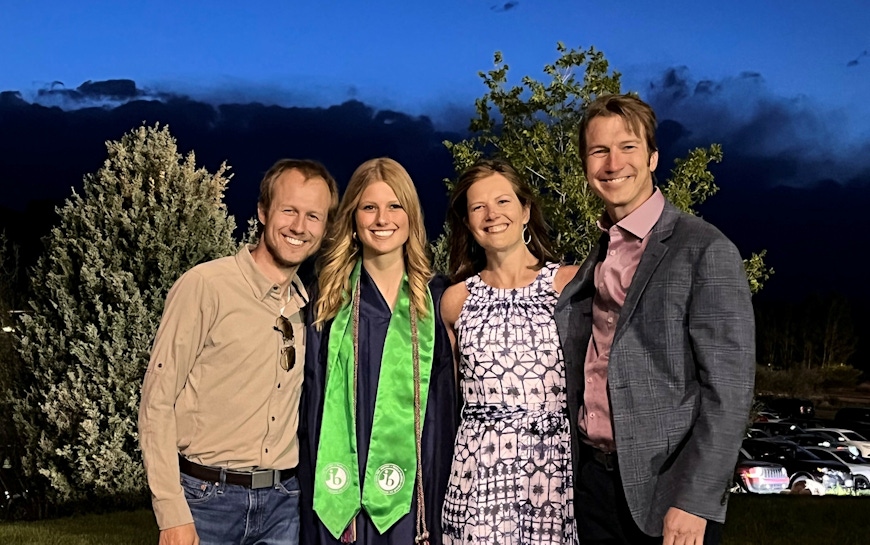
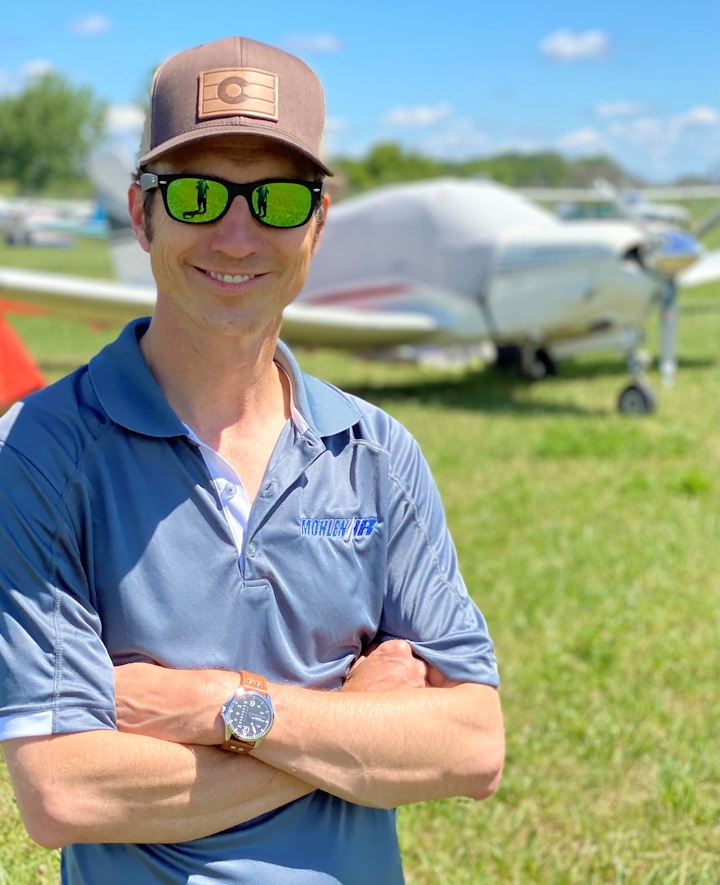
What are three personal things about you that people might be interested to learn?
I started my family early and married my high school sweetheart. I’m a proud dad of my adult son and daughter.
I got my pilot’s license in 2020, fulfilling a lifelong dream and goal.
I love animals, but I am a dog person. Our silver lab Jolene frequents the office.
As you forecast, what does the future hold for your practice area?
It will continue to expand in offerings and ultimately lean more into hospitality and away from healthcare. Mass customization will continue to become standard, such that nothing will be standard. Housing will learn to adapt to living longer in place and support in-home health and greater universal design. The missing middle will still take some time to gain recognition, but solving that and increasing affordable options will be critical.